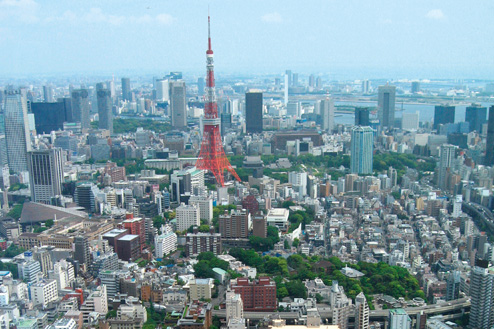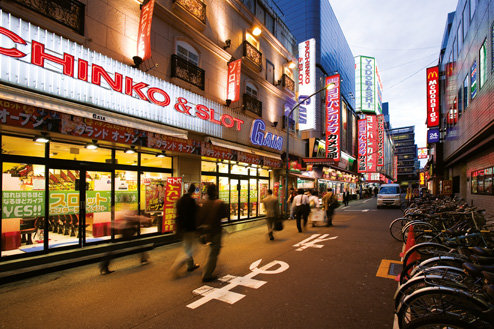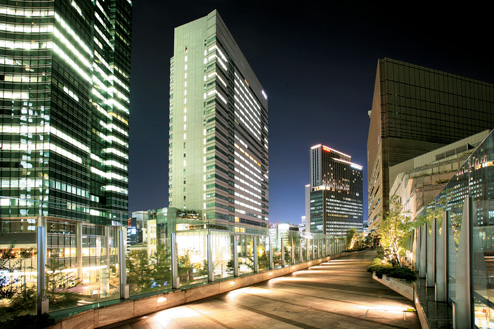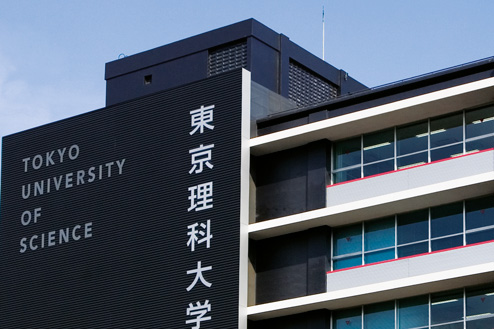Considering The City
Many people arrive in Tokyo thinking they know what’s in store: robotic office workers and foreign English teachers, quirky techno gadgets and a gazillion vending machines that hawk everything and anything. But there is so much more to this evolving, international city than quirky stereotypes. It is one of the most westernised cities in Asia, offering a cosmopolitan lifestyle on a par with (and possibly far exceeding) that of many other great capitals. Tokyo is made up of 23 wards (ku), 26 cities (shi), five towns and eight villages.
Jobs exist in nearly every sector, from banking and IT to arts and entertainment. English teaching is still an option – but with the Enron-style downfall of Nova (a language school chain that employed 4,000 foreign instructors), the demand for language teachers with little training, experience or Japanese language ability has lessened. Finding work outside the classroom often requires an appropriate work visa. In other words, the toughest step is getting your foot in the Japanese door. Once you’ve got one in, there are a host of job-hunting resources, including English websites like Gaijinpot.com (www.gaijinpot.com) and Daijob.com (www.daijob.com), as well as temp agencies and recruitment firms.
The cost of living is not as high as it is often portrayed. Yes, there are probably a few ¥10,000 melons on offer at your neighbourhood grocery store, but it still only costs ¥160 to catch the metro across town. For expats, the city currently ranks fourth in the list of the world’s most expensive cities, according to Mercer Worldwide Cost of Living Survey 2007, but this is all relative to salary and expat packages, and residents of the city enjoy one of the highest standards of living in the world.
Jobs exist in nearly every sector, from banking and IT to arts and entertainment. English teaching is still an option – but with the Enron-style downfall of Nova (a language school chain that employed 4,000 foreign instructors), the demand for language teachers with little training, experience or Japanese language ability has lessened. Finding work outside the classroom often requires an appropriate work visa. In other words, the toughest step is getting your foot in the Japanese door. Once you’ve got one in, there are a host of job-hunting resources, including English websites like Gaijinpot.com (www.gaijinpot.com) and Daijob.com (www.daijob.com), as well as temp agencies and recruitment firms.
The cost of living is not as high as it is often portrayed. Yes, there are probably a few ¥10,000 melons on offer at your neighbourhood grocery store, but it still only costs ¥160 to catch the metro across town. For expats, the city currently ranks fourth in the list of the world’s most expensive cities, according to Mercer Worldwide Cost of Living Survey 2007, but this is all relative to salary and expat packages, and residents of the city enjoy one of the highest standards of living in the world.













